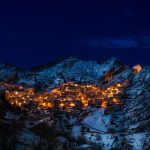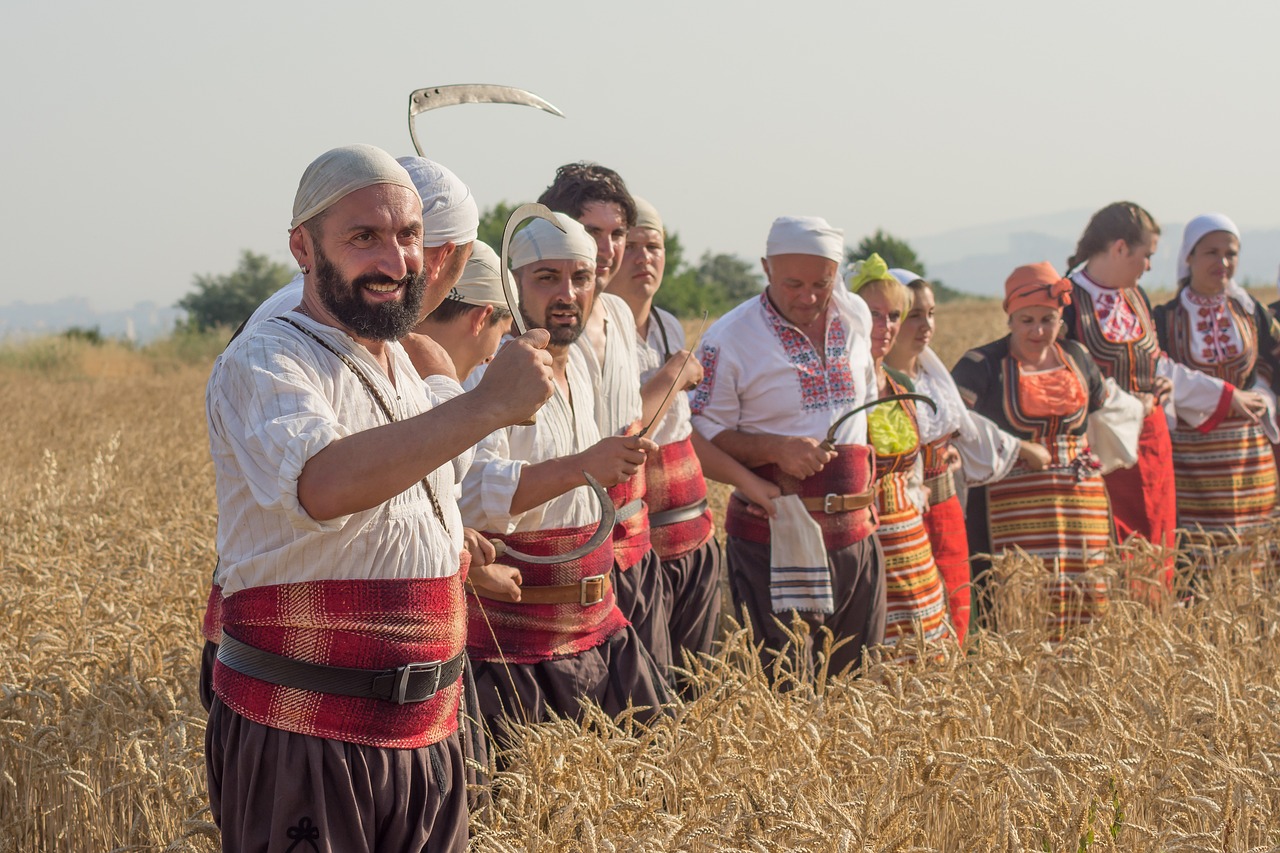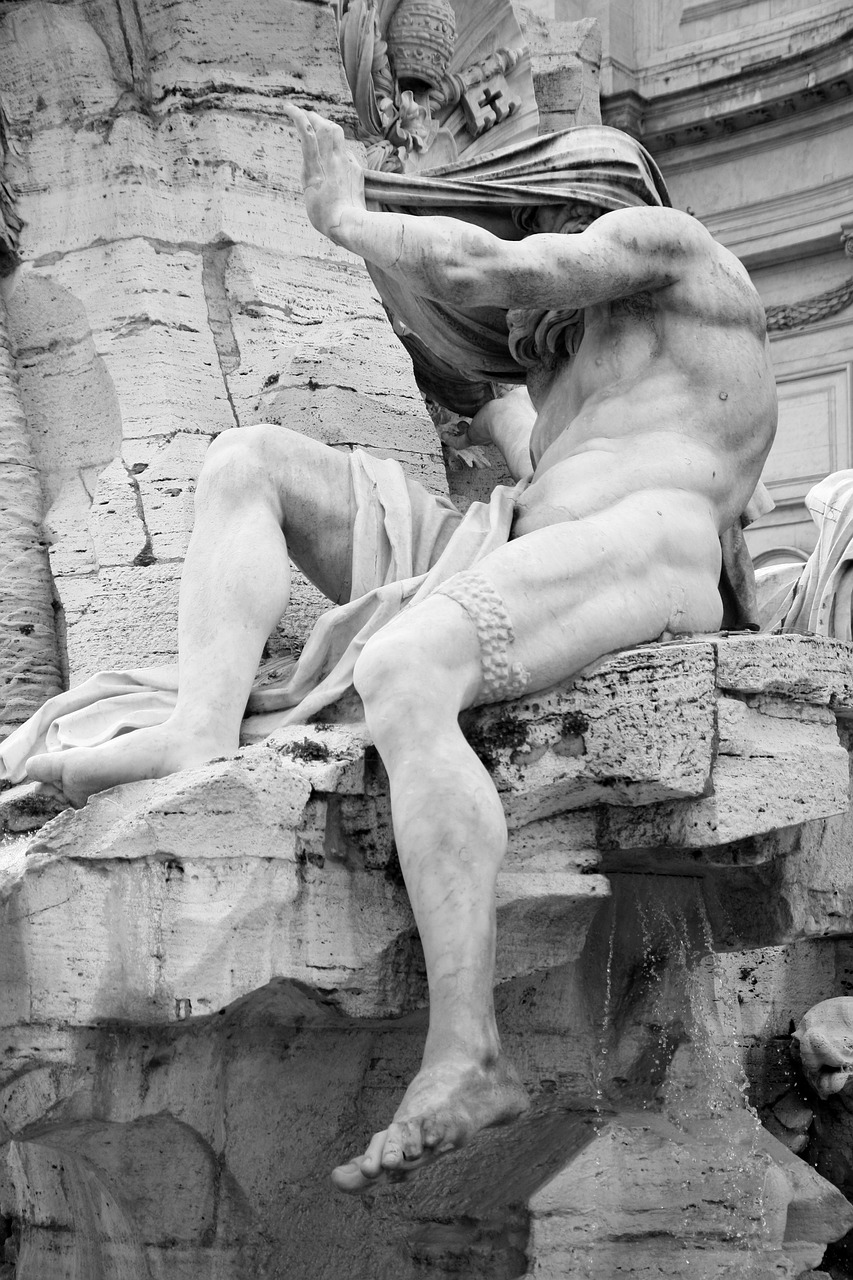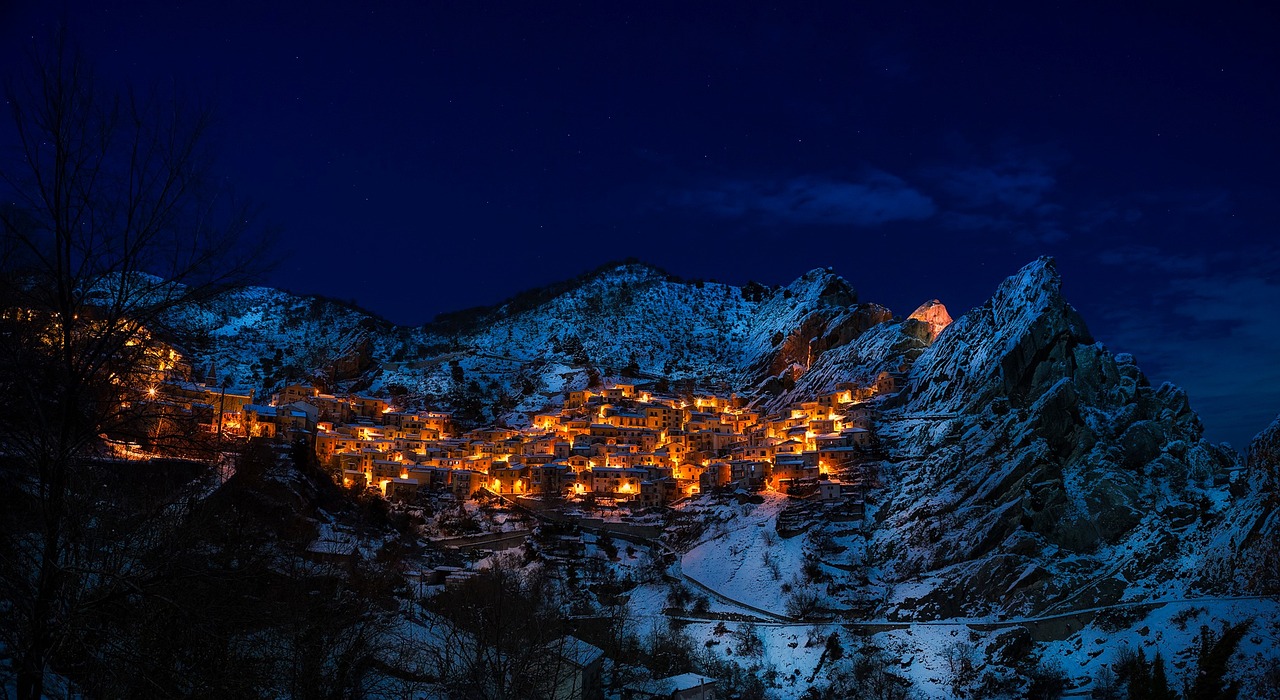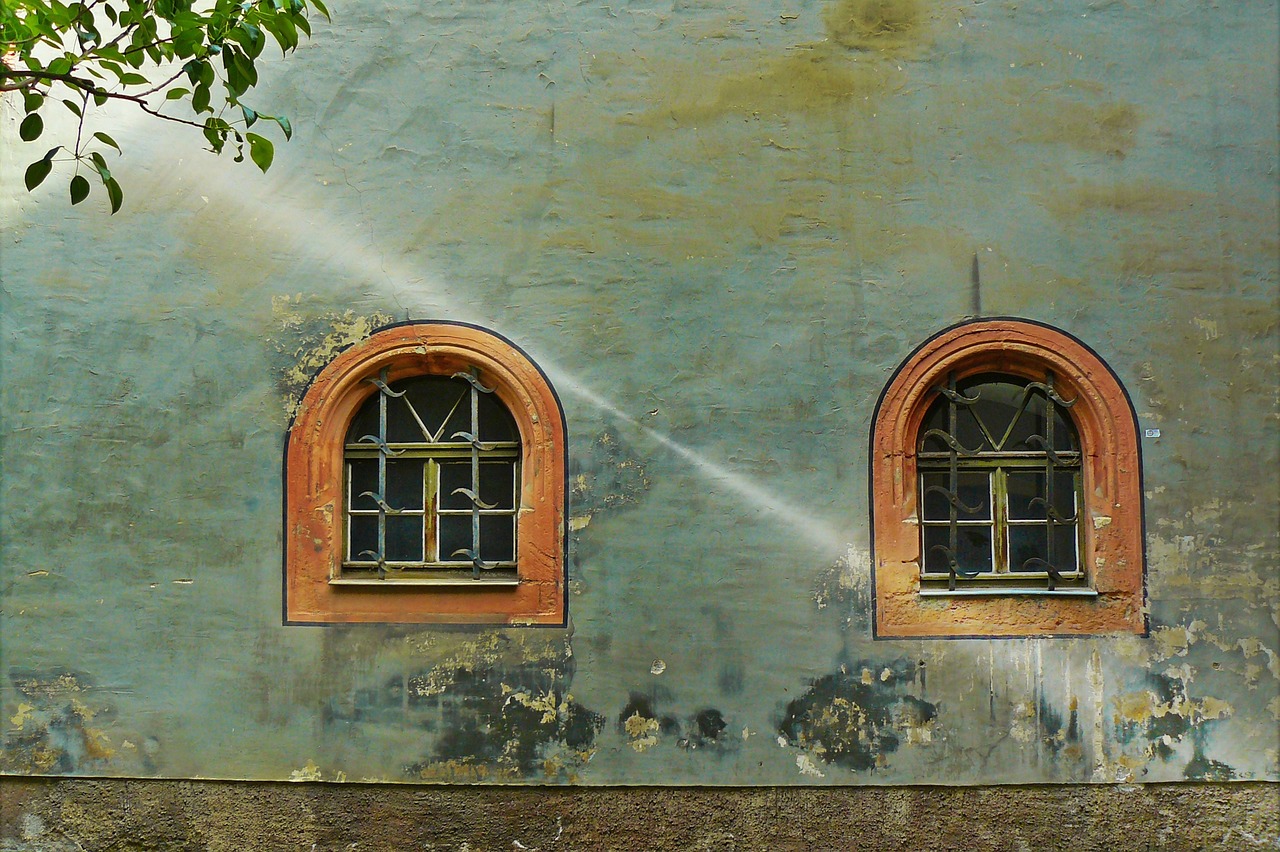Nestled amidst the majestic Rhodope Mountains lies a hidden gem of historical and cultural significance – the Karadzhov Boulder. This sacred Thracian sanctuary, resembling two towering stone pillars, stands as a testament to the ancient Thracians’ reverence for their deceased. With its peak reaching an awe-inspiring 1,448 meters high, the Karadzhov Boulder commands attention and invites visitors to embark on a journey through time. As part of the Kormishov Nature Reserve, this protected site offers a glimpse into the early Iron Age and the 3rd-4th centuries, where rituals and offerings were made on its various levels. Accessible via a hiking trail, the route to the Karadzhov Boulder presents breathtaking views of the surrounding landscape, allowing visitors to immerse themselves in the natural beauty of the Rhodope Mountains. With nearby religious sites such as Belintash, Krastov Peak, and Freedom Peak, the Karadzhov Boulder offers an escape into a world that embraces freedom and spirituality.
Key Takeaways
- The Karadzhov Boulder is a rock formation located near the village of Mostovo in the Rhodope Mountains.
- The stone is considered extraordinary and the ancient Thracians erected a sanctuary at the site to honor their dead.
- The sanctuary dates back to the early Iron Age and was later used during the 3rd-4th centuries.
- The Karadzhov Boulder is a natural landmark officially declared in 2003.
Overview
The Karadzhov Boulder, located near the village of Mostovo in the Rhodope Mountains, is a sacred Thracian sanctuary that dates back to the early Iron Age and was later used during the 3rd-4th centuries. This site holds immense historical significance, as it was a place of worship for the ancient Thracians and is considered a testament to their religious beliefs and practices. Today, the Karadzhov Boulder is one of the most popular tourist attractions in the area, attracting visitors from all over the world. Its historical significance and unique rock formations make it a must-visit destination for those interested in ancient civilizations and cultural heritage. The sanctuary’s location in the Kormishov Nature Reserve adds to its appeal, as visitors can also enjoy the breathtaking natural beauty of the surrounding Rhodope Mountains while exploring the site.
Formation and Features
Nestled within a rugged landscape, the awe-inspiring rock formation near the village of Mostovo stands as a testament to the forces of nature and the ancient civilizations that once revered it. The Karadzhov Boulder, with its two stone pillars reaching a peak of 1,448 meters, holds significant cultural history and religious importance. The site served as a sanctuary for the ancient Thracians, who erected a sacred space to honor their deceased. Dating back to the early Iron Age, this sanctuary continued to be used during the 3rd-4th centuries. Divided into levels, the site features stone stairs leading to the upper part and incised holes for offerings. Local residents also associate the area with revolutionaries who opposed Turkish rule. The Karadzhov Boulder’s formation and features offer a captivating glimpse into the rich cultural heritage of the Rhodope Mountains.
- Imposing and majestic, the towering stone pillars evoke a sense of awe and wonder.
- The deep fissure formed by the steep and narrow walls adds an element of mystery to the site.
- The panoramic vistas from the top of the formation provide a breathtaking view of the surrounding Rhodope Mountains.
Access and Trail
Accessible via a hiking trail, visitors can reach the Karadzhov Boulder by starting at Krastova Gora and following a paved road towards the village of Ayazmoto, where they will turn right onto a wide unpaved road that leads to the site. The trail to the Karadzhov Boulder offers an adventurous experience for outdoor enthusiasts. The difficulty level of the trail is moderate, making it suitable for individuals with a moderate level of fitness. Along the trail, hikers can enjoy the natural beauty of the Kormishov Nature Reserve, with picturesque panoramas on both sides. The trail is well-marked and maintained, ensuring a safe and enjoyable journey. Additionally, amenities such as a metal parapet and wooden stairs aid in the ascent to the upper part of the cliff, providing convenience and safety for visitors. Overall, the trail to the Karadzhov Boulder offers a rewarding experience for those seeking an immersive adventure in the Rhodope Mountains.
| Trail Difficulty | Trail Amenities |
|---|---|
| Moderate | Metal parapet |
| Wooden stairs |
Frequently Asked Questions
How did the ancient Thracians use the sanctuary at The Karadzhov Boulder?
The sanctuary at the Karadzhov Boulder had cultural significance for the ancient Thracians. It was used for various ancient Thracian rituals, which were an important part of their religious and cultural practices.
What is the significance of the holes incised in the stone for offerings at the site?
The significance of the holes incised in the stone for offerings at the Karadzhov Boulder lies in their connection to ancient religious practices. Archaeological findings suggest that these holes were used for making offerings to honor the dead and seek divine favor.
Are there any legends or myths associated with The Karadzhov Boulder?
Legends surrounding the Karadzhov Boulder enrich its cultural significance. These stories, passed down through generations, often involve mythical creatures, heroic deeds, or supernatural events, adding to the mystique and allure of the site.
Can visitors explore the inside of the fissure where The Karadzhov Boulder rests?
Visitors cannot explore the inside of the fissure where the Karadzhov Boulder rests. The stone formation is considered extraordinary and was used as a sanctuary by the ancient Thracians to honor their dead.
Are there any specific rules or regulations that visitors need to follow when visiting The Karadzhov Boulder?
What visitor guidelines should be followed to ensure cultural preservation at the Karadzhov Boulder? It is important for visitors to adhere to the rules and regulations set in place to protect the site and its historical significance.

